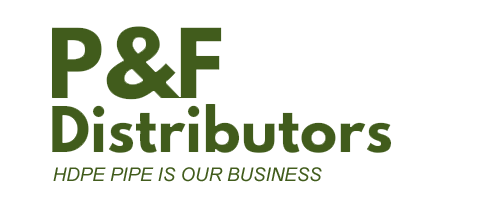For Municipal and Industrial Applications
Part 1 – Pre-Test Considerations
Leak testing may be used to find leaks in a newly constructed or newly modified piping system, or in an established system where an apparent loss of integrity has been experienced. If they exist, leaks typically occur at joints or connections in the system.
Leak testing does not verify pressure rating or potential long-term performance. The system design and the pressure ratings of the installed components are the sole determinants of system pressure rating and long-term performance.
For M&I applications, leak testing of pressure piping systems is done by filling with a liquid and applying a pressure. Pneumatic (air) testing of pressure piping systems is not recommended.
Leak testing is described in ASTM F2164, “Standard Practice for Field Leak Testing of Polyethylene (PE) Pressure Piping Systems Using Hydrostatic Pressure.”
Safety
Safety is of paramount importance. Leak tests can apply high stress to untried joints and parts in the system. Failure can occur by leaking or by catastrophic rupture that can cause sudden, violent movement. In some cases, leakage may immediately precede catastrophic rupture.
WARNING – Death or serious injury and property damage can result from failure at a joint or connection during pressure leak testing. Keep all persons a safe distance away during testing. The test section is to be supervised at all times during the test.
Ensure that all piping is restrained against possible movement from catastrophic failure at a joint or connection. When pressurized, faulty joints or connections may separate suddenly causing violent and dangerous movement of piping or parts. Correctly made joints do not leak.
Leakage at a joint or connection may immediately precede catastrophic failure. Never approach or attempt to repair or stop leaks while the test section is pressurized. Always depressurize the test section before making repairs.
Restrain Against Movement
Before applying pressure, all piping and all components in the test section must be restrained. This means that if piping or parts move or separate during the test, it will not result in damage or injury.
Never conduct leak tests on unrestrained piping.
- Heat fusion joints must be properly cooled before testing.
- Mechanical connections must be completely installed and tightened per manufacturer’s instructions.
- If backfill provides restraint, it must be properly placed and compacted. Joints and connections may be� exposed for inspection.
- End closures must be suitable for pressure service and pressure-rated for the test pressure.
- Ensure that all connections to test equipment are secure. Disconnect or isolate all low pressure filling lines� and all other parts that are not to be subjected to test pressure. Restrain, isolate or remove expansion joints before leak testing.
Click link(s) below to print, download and view the details
